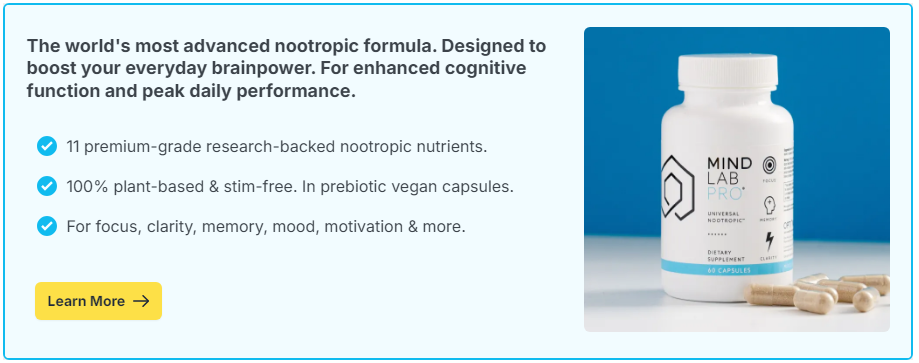
In a world where creativity often feels like a rare gift, nurturing and enhancing our creative abilities can be a transformative experience. Whether you’re brainstorming new ideas for a project, problem-solving at work, or simply looking to unlock hidden potential, using creative tools can effectively channel your imagination. Among the various techniques are SCAMPER and Six Thinking Hats, both of which offer structured, engaging methods to develop innovative ideas.
Contents
Understanding SCAMPER
The SCAMPER method is a classic creativity tool utilized to innovate and reinvent ideas or products. Its name is an acronym comprising seven different thinking approaches: Substitute, Combine, Adapt, Modify, Put to another use, Eliminate, and Reverse. These steps act as prompts to guide your creative thinking process.
The SCAMPER technique encourages you to take a product or concept and ask targeted questions. For instance, when you ‘Substitute,’ you consider replacing a part of your concept with something else. Would a different material make the product more efficient? Think about when you ‘Combine.’ Bringing together two unrelated ideas may lead to something new and exciting. Each step of SCAMPER invites fresh perspectives, providing a structured means to generate a wealth of ideas, ultimately fostering innovation.
Delving into the Six Thinking Hats
Six Thinking Hats, created by Edward de Bono, is a method for group discussion and individual thinking that encourages people to look at a problem from different angles and points of view. The six hats represent six modes of thinking, identified by different colors. The White Hat stands for facts and information, while the Red Hat accesses emotions and feelings. The Black Hat involves critical judgment, considering obstacles or difficulties. The Yellow Hat seeks positive outlooks and benefits, the Green Hat symbolizes creative ideas and growth, and the Blue Hat manages the thinking process itself.
By donning different hats during a discussion, participants can compartmentalize their thoughts, focusing solely on one perspective at a time. This approach helps to reduce conflict, encourages balanced viewpoints, and facilitates open-minded exploration of ideas. Whether you’re making business decisions or dealing with personal dilemmas, the Six Thinking Hats technique can nurture thoughtful, comprehensive solutions.
The Role of Nootropics in Brain Health
Nootropics, also known as “smart drugs” or cognitive enhancers, are substances believed to improve cognitive function, memory, and creativity. These drugs and supplements have gained popularity among those looking to improve their thinking abilities and boost brain health. Nootropics range from naturally occurring substances like caffeine and ginkgo biloba to synthetic compounds like piracetam. While research into nootropics is ongoing, they offer a promising avenue for those interested in enhancing mental performance and creativity.
It’s essential, however, to approach nootropics with caution. As with any supplement, understanding their effects, side effects, and interactions ensures their benefits are safely maximized. Consulting with healthcare professionals can provide guidance personalized to individual health needs. In essence, nootropics hold the potential to enhance the creative process, especially when combined with techniques like SCAMPER or Six Thinking Hats.
Exploring Other Creative Tools
Apart from SCAMPER and Six Thinking Hats, there are additional tools to aid creativity. Mind mapping is a simple yet powerful way to visualize your ideas. By placing a central idea in the middle and branching outwards with related concepts, it mimics the way our brains naturally organize information, revealing connections and patterns that might not have been visible before.
Another intriguing technique is lateral thinking, which encourages solving problems through an indirect and creative approach. It contrasts with traditional vertical thinking, which relies on logical, step-by-step methods. Lateral thinking aims to disrupt conventional thought patterns and uncover novel solutions, much like how SCAMPER and Six Thinking Hats operate.
Building a Creative Habit
Creativity isn’t solely reserved for rare bursts of inspiration. Like any skill, it can be cultivated through regular practice and the use of innovative tools. By adopting creative habits, you can regularly fuel your brain’s creative engine. Set aside dedicated time each day or week for brainstorming, problem-solving, or exploring new ideas. Use tools like SCAMPER or Six Thinking Hats to structure these sessions and encourage divergent thinking.
Engage in activities that push your mental boundaries. Reading diverse genres, learning a new instrument, or even doodling can stimulate different parts of your brain, enhancing your creativity in the process. Combine that with brain-promoting supplements when applicable, and you have a multi-faceted approach to consistently elevate your creative potential.
Nurturing a Culture of Innovation
Incorporating these creative strategies into personal, educational, and professional settings can help nurture a culture of innovation. Building environments where creativity is celebrated and encouraged drives engagement, satisfaction, and growth. Organizations that prioritize creative thinking are more likely to remain competitive, agile, and ahead of the curve in their respective fields.
Fostering creativity means valuing diverse perspectives, taking calculated risks, and embracing failure as part of the learning process. Celebrating achievements and learning from setbacks both contribute to a robust creative culture. Leaders have an essential role in championing creativity, providing resources, time, and space for individuals and teams to explore new ideas and methodologies without fear of judgment.
The Brain’s Endless Potential
Our brains are magnificent organs with vast potential waiting to be tapped into. By exploring tools like SCAMPER, Six Thinking Hats, and other creativity enhancers, we can deepen our understanding of the world and create impactful solutions. Meanwhile, considering nootropics as part of a rounded brain health strategy could further unlock our cognitive powers.
Unlocking creativity isn’t just about thinking up groundbreaking ideas, but also about seeing the world differently and embracing new methods of problem solving. The more tools we explore, the more pathways we can uncover in our quest for innovation and understanding. Whether you’re striving to tackle a complex project or solve everyday challenges, your potential is as limitless as the tools you choose to employ.

